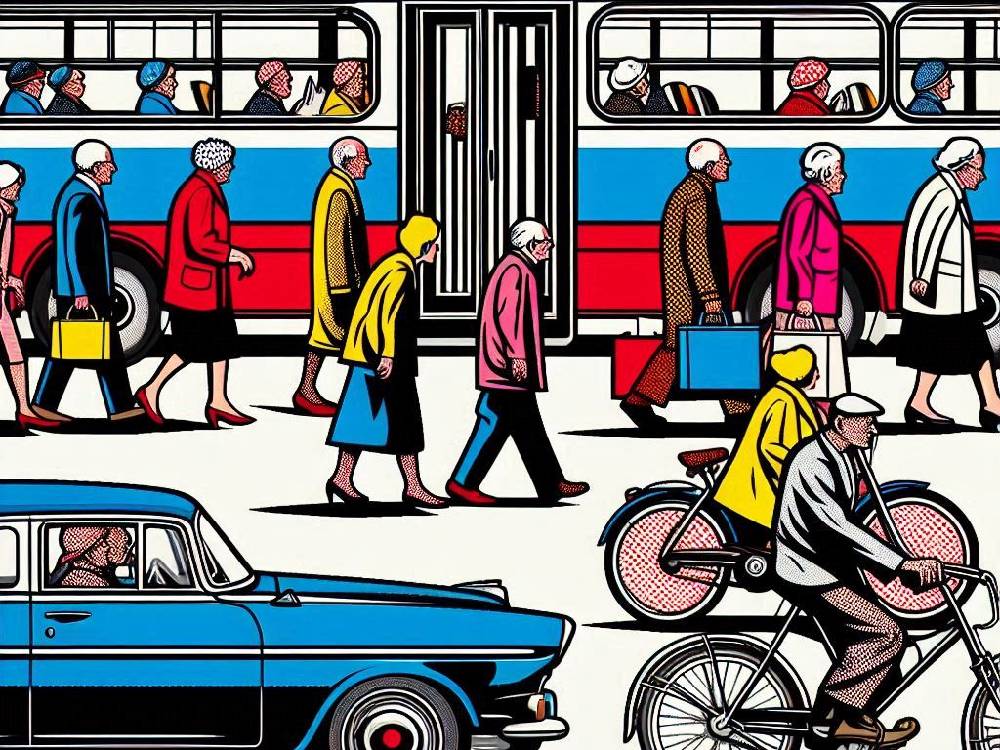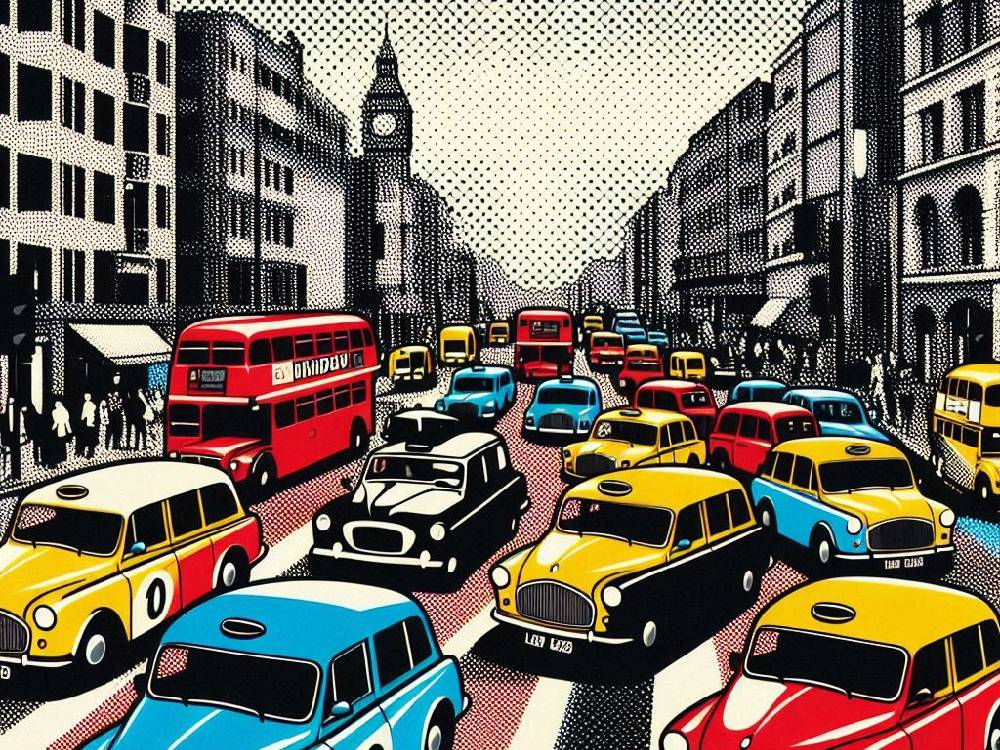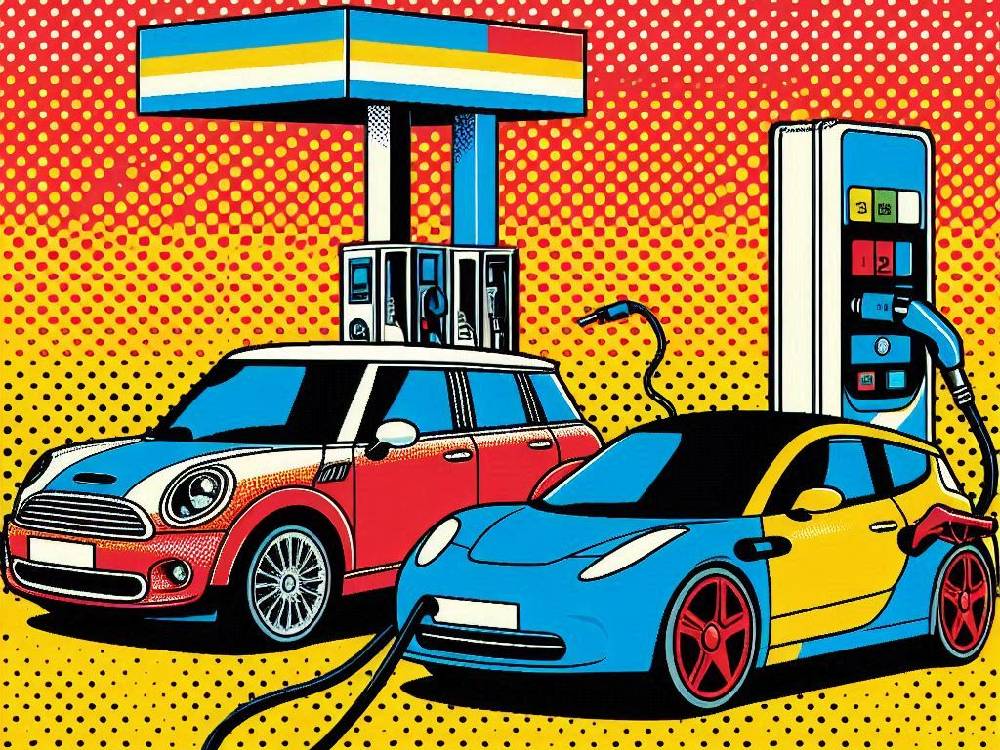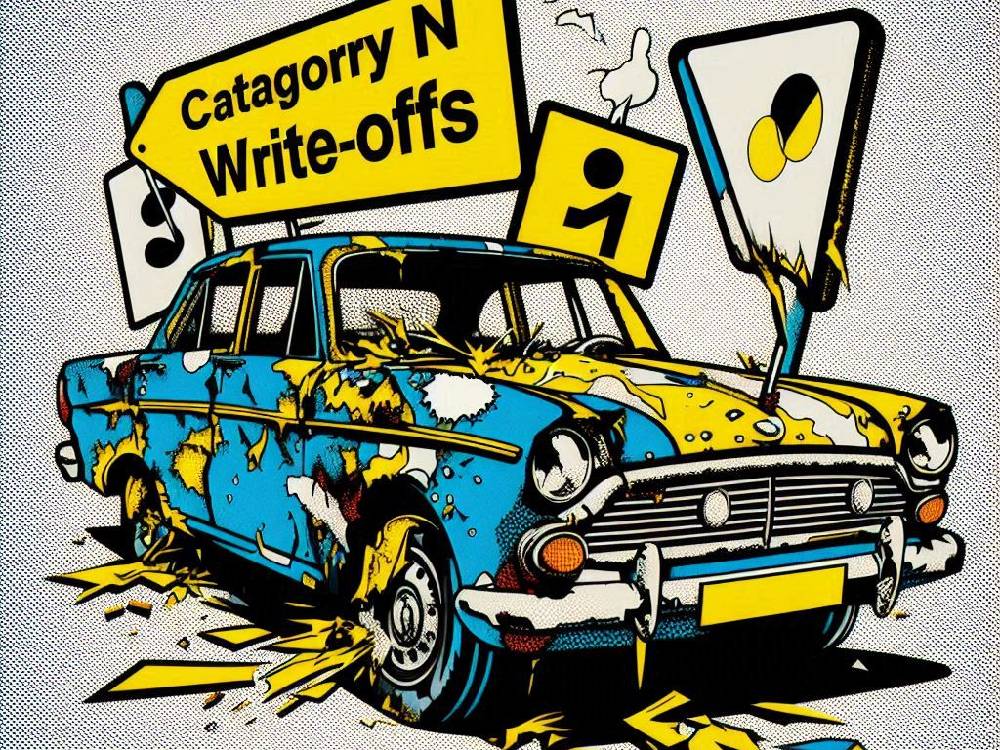Introduction
In an era where every penny counts, UK drivers face a dilemma that might just park many vehicles for good.
What’s next for British drivers?
Recent years have seen a relentless climb in car insurance costs.
Consequently, a significant portion of the population is rethinking their need for a vehicle.
But what does this mean for you?
What’s driving these changes, and how are individuals adapting to this new financial reality?
- Skyrocketing insurance costs: A critical overview of how prices have surged.
- Decision-making impacts: How these costs are influencing British drivers’ choices.
- Adaptive strategies: The ways drivers are managing to keep wheels on the road.
The Rise In Car Insurance Costs For UK Drivers
Between May 2021 and June 2024, the average cost of car insurance for UK Drivers saw a staggering 82% increase.
In 2022, drivers were paying an average premium of £561.
But by the end of 2024, this had risen sharply to £769.
Can you believe it?
This uptick in costs has been unrelenting.
So, what can drivers do?
Pushing many to question the sustainability of owning and driving a car under such financial strain.
Discover savings with better security for your car.
The Current Cost Conundrum
Though there’s a glimmer of hope, as recent figures have begun to show a slight decline in insurance prices.
The cost of car insurance remains prohibitively high for many.
Think about this:
The financial burden of maintaining a vehicle doesn’t end with insurance.
Road tax, repairs, and servicing add further strain.
How can drivers cope?
Making it tougher for the average Brit to justify the expense.
A Shift In UK Drivers Behaviour
A new survey sheds light on the harsh realities faced by UK drivers.
A full 33% are contemplating giving up driving altogether.
But what about the rest?
The remaining drivers are not unscathed.
Many adopting new strategies to cope.
Over two-thirds (69%) have altered their driving habits.
Such as reducing overall mileage.
Pooling vehicles within families.
Or restricting car use to non-commute purposes.
Is this the new normal?
All in an effort to slash costs.
Economic Pressures Mount
The combination of soaring insurance premiums and other associated costs is stretching budgets to breaking points.
Are drivers at a breaking point?
Drivers are increasingly finding themselves having to make tough choices about their mobility.
Especially as the price of living continues to rise across other areas of life as well.
Record Insurance Claims For UK Drivers Drive Premiums
The financial strain on insurers is also a contributing factor to rising premiums.
In 2024, the Association of British Insurers (ABI) reported record payouts totaling £11.7 billion for car insurance claims.
What impact does this have on your wallet?
Factors such as increased theft rates and higher repair costs have directly impacted insurance pricing.
Maintaining upward pressure on premiums despite recent slight decreases.
Ready to find out more?
This detailed examination of the reasons behind the soaring costs, coupled with insights into how drivers are managing the financial challenge, lays a solid foundation.
For understanding the shifts in British driving habits and the broader implications for the future of transportation in the UK.
Explore more about managing your car insurance costs.
Learn how switching providers can save you money.
Economic Pressures Mount
The relentless rise in living costs adds another layer of difficulty for everyday drivers.
What choices are left for motorists?
Besides insurance, drivers face escalating costs for maintenance and taxes, further stretching their budgets.
Can drivers still find ways to save?
Indeed, every adjustment or cutback is a testament to their resilience in navigating these economic pressures.
Understand the true cost of car insurance claims.
Record Insurance Claims Drive Premiums
The surge in insurance claims in recent years significantly contributes to why premiums remain high.
Did you know?
In 2024 alone, insurers faced payouts at unprecedented levels, amounting to £11.7 billion.
Why does this matter?
These figures are more than just abstract numbers; they directly translate into higher premiums for you and me.
Consequently, balancing claims costs with fair premiums continues to challenge insurers and policyholders alike.
What’s the solution here?
Conclusion
As we look toward the future, the trajectory of car insurance costs seems poised for more fluctuations.
But what can we expect next?
Furthermore, the industry’s response to these challenges and drivers’ adaptation strategies will shape the road ahead.
How will this affect your decisions on driving and car ownership?
Therefore, staying informed and proactive is more crucial than ever.










